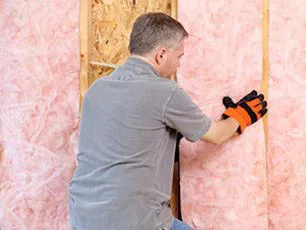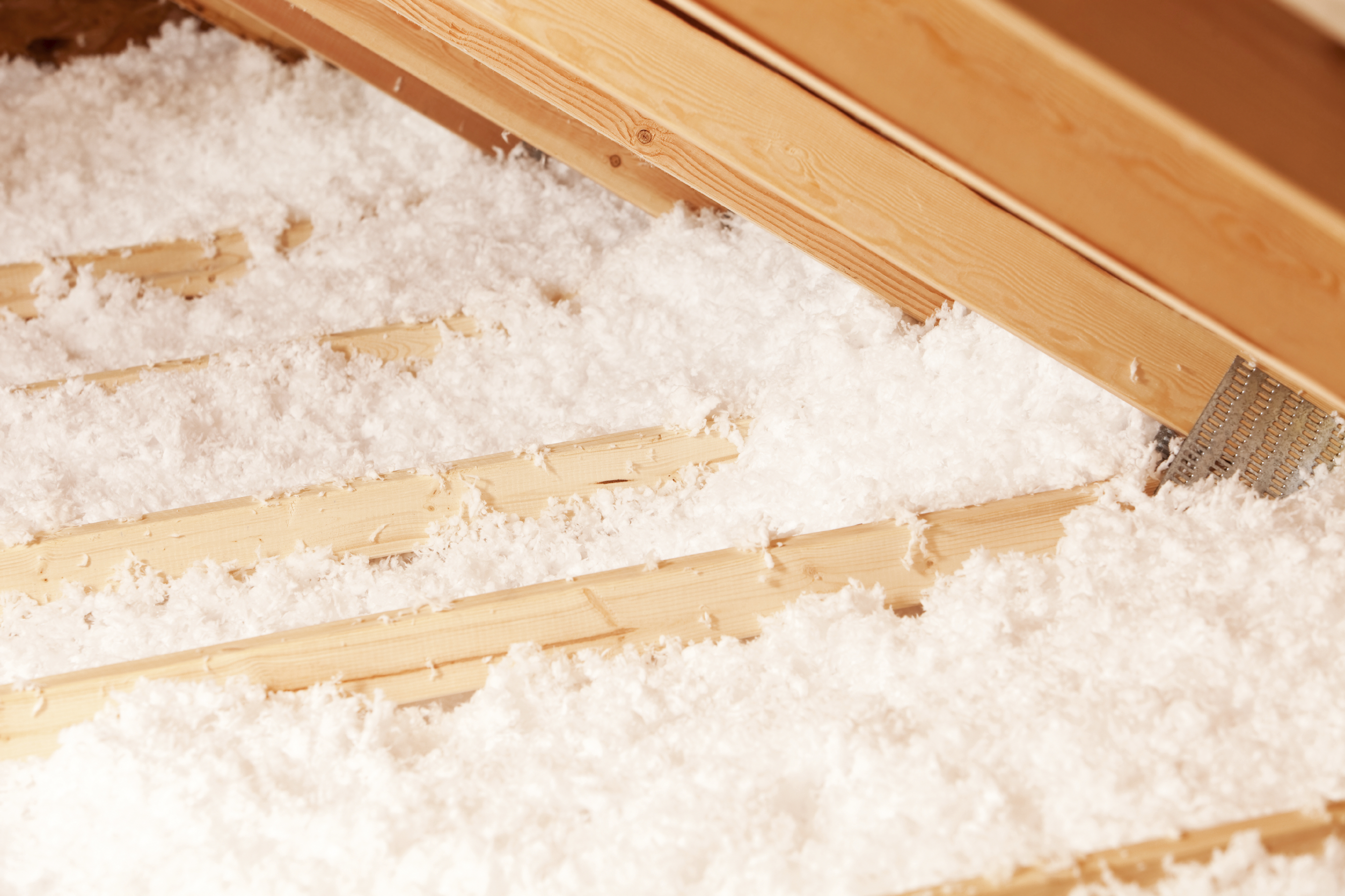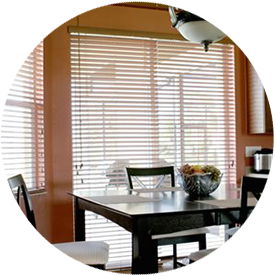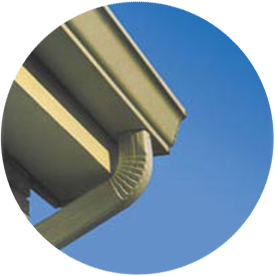Proper home insulation is critical in Texas, where residents often grapple with hot, humid summers and occasional cold snaps in the winter. Quality insulation can improve your home’s energy efficiency and your family’s comfort.
What you may not realize, though, are the variables that can affect the time required to insulate a house. The size of the house, type of insulation material, accessibility, weather conditions and project complexity all impact the duration.
Keep reading as our Installed Building Products San Antonio team discusses these variables and much more.
Factors Influencing the Time Needed for Insulation
Consider the following factors as you prepare for your insulation project.
- Size of the house: More square footage means more insulation, which translates to a longer installation. For example, insulating a five-bedroom residence takes longer than a small townhouse or condo.
- Type of insulation material: Different materials may require varying installation times. While cellulose insulation typically takes a few hours to install, spray foam and other materials may take longer.
- Accessibility: Are there certain hard-to-reach areas in your home? The more you have, the more challenging the insulation process will be.
- Weather conditions: Inclement weather can impede or lengthen the installation process. This is especially prevalent in Texas, where we regularly navigate extreme temperatures.
- Project complexity: Not all home insulation projects are the same. Factors like obstacles, existing insulation, and architectural features can influence the timeline.
Common Types of Insulation Used in Texas
Here are four popular insulation types for Texas homeowners.
- Fiberglass insulation: Fiberglass insulation has numerous benefits, including versatility, affordability and eco-friendliness. However, it does have some drawbacks, like its inability to repel moisture and prevent air leaks.
- Spray foam insulation: Many homeowners prefer spray foam insulation for its superior efficiency, added comfort and noise reduction. One downside, though, is that this material can shrink over time in areas with significant temperature changes, such as Texas.
- Cellulose insulation: Made from recycled paper, cellulose insulation is one of the most eco-friendly insulation materials. It can also help increase your home comfort and boost HVAC system performance, making it ideal for Texas homes.
- Reflective insulation: Rigid board insulation, also known as reflective insulation, has a reflective foil that reflects sunlight and heat away from your residence. Texas homeowners who opt for reflective insulation enjoy lower utility costs and greater comfort, among other benefits.
Average Timeframes for Insulation Projects
Let’s say you hope to insulate a newly constructed house in Texas. The process should take anywhere from several hours to an entire day. Contact your builder or contractor if you’re worried about the time frame.
Retrofit insulation is a little different. Since you may need to account for obstacles, your contractor may need multiple days to complete their work. Remember that every home re-insulation is unique.
Choose Your Trusted Home Insulation Experts in Texas
The size of the property, type of material and accessibility all factor into the necessary time for insulation. Texas homeowners have different insulation options, including fiberglass, spray foam and cellulose. We encourage you to consider this information when planning your insulation project.
At IBP San Antonio, we’re known for integrity, knowledge and excellent service. Our team has decades of industry experience, and we’re ready to put that experience to work for you. Whatever your home insulation needs, you can count on us for high-quality products.














